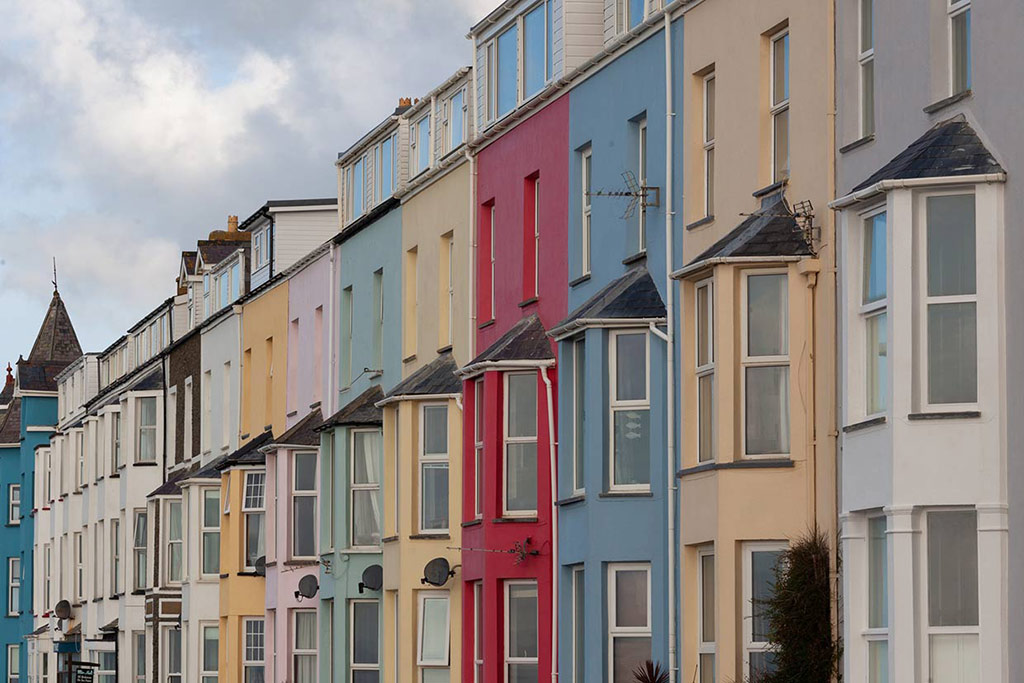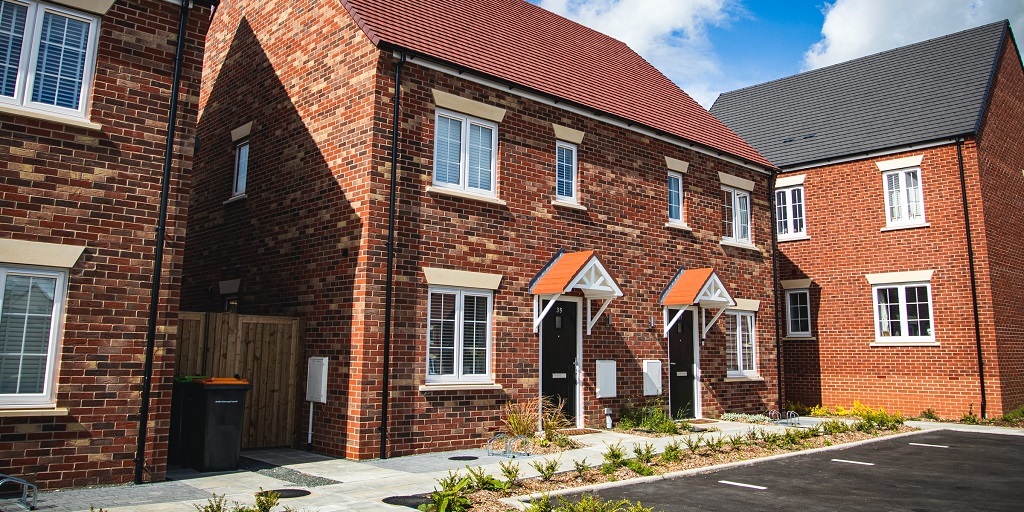This information should not be interpreted as financial, tax or legal advice. Mortgage and loan rates are subject to change.

Category: house prices
The UK housing market has continued its upward trajectory, marking the fifth consecutive month of growth in February – marking continued asset appreciation for landlords.
According to the latest data from the Halifax House Price Index, residential property prices rose by 0.4 per cent, with the average house price reaching £291,699.
While this growth indicates a relatively stable start to 2024, industry experts warn of lingering economic uncertainties that could impact the market in the coming months.
Despite the ongoing economic challenges, such as inflationary pressures and rising mortgage rates, the housing market has shown resilience. Landlords operating in the residential sector have been affected by these market fluctuations too, however continued demand and rent rises have offset these difficulties.
Annual house price growth slowed slightly to 1.7 per cent, down from 2.3 per cent in January. However, this moderation in growth is in line with expectations and does not signal a significant downturn in the market.
Kim Kinnaird, Director of Halifax Mortgages, said:
On an annual basis, house prices were 1.7 per cent than a year ago, slowing from 2.3 per cent in January.
However, these figures continue to suggest a relatively stable start to 2024 and align with other promising signs of increased housing activity, such as mortgage approvals.
In fact, the average price tag of a home is now only around £1,800 off the peak seen in June 2022.
[…] Even with growing wages and inflation falling back, raising a deposit and affording a sizeable mortgage remains challenging, especially for those looking to join the property ladder, so it remains a possibility that there could be a slowdown in the housing market this year.
Breakdown of regional data
Regional disparities in house price growth were evident, with Northern Ireland emerging as the top-performing region, experiencing a 5.0 per cent increase in house prices compared to last year – with the average property in the region costing £195,956.
On the other hand, Eastern England saw a decline of 0.8 per cent in property prices, with the average house price in the region standing at £329,927.
London remained the most expensive for property. With an increase of 1.5 per cent, the average home in the city cost £536,996.
Thoughts from industry
Head of residential research at real estate agents Knight Frank, Tom Bill, has commented on the house price data, arguing:
Inflation is likely to hit its 2 per cent target before the summer, a year ahead of the OBR’s November forecast.
That’s good news for anyone buying or remortgaging as it will bring down borrowing costs.
However, financial markets are expecting fewer rate cuts than the start of this year due to stubborn wage growth.
This mixed picture means transactions should increase versus last year and we expect prices to rise by 3 per cent but the last two months of weaker inflation signals have been a useful reminder that asking prices need to remain realistic.
The regional breakdown shows how affordability remains a big constraint on the market, with better-value areas seeing stronger price growth over the last year.
In conclusion, the UK housing market continues to exhibit steady growth despite economic uncertainties. While challenges persist, including affordability concerns and potential interest rate hikes, industry stakeholders remain hopeful for continued resilience and growth in the housing sector.
Strong equity gives landlords the opportunity to raise funds from their properties for further investment, and demand within the sector remains exceptionally strong.



